⛳ Upside Special Analysis: The Ryder Cup – Tradition, Business, and the Future of Golf’s Greatest Rivalry
Every two years, the Ryder Cup becomes the epicenter of the golfing world. This weekend the Ryder Cup is happening in the New York area so we thought it would be a good idea to write a special analysis about it. Unlike the Masters or the Open Championship, where individuals chase personal glory, the Ryder Cup is about national pride, team spirit, and a rivalry that has defined golf for nearly a century. The stakes extend far beyond sport: the Ryder Cup is a cultural touchpoint, a business powerhouse, and increasingly, a platform for technology-driven fan engagement. With its combination of tradition and innovation, the Ryder Cup offers a fascinating lens into how global sporting events evolve.
A Brief History of the Ryder Cup
The origins of the Ryder Cup date back to 1927, when Samuel Ryder, a wealthy English seed merchant and passionate supporter of golf, donated the gold trophy that would bear his name. The inaugural competition took place at Worcester Country Club in Massachusetts, pitting teams from the U.S. against Great Britain. For decades, the Americans dominated, leading to waning interest. In 1979, the decision was made to expand the British team to include all of Europe. This shift reignited competitiveness — and since then, Europe and the U.S. have traded dominance in thrilling fashion.
First Ryder Cup: 1927, won by the U.S. (9.5–2.5).
Expansion to Europe: 1979, marking a turning point in competitiveness.
Overall record: As of 2023, the U.S. leads the series with 27 wins to Europe’s 15, with 2 ties.
Viewership: The Ryder Cup attracts more than 600 million households worldwide through broadcast rights, making it one of the most-watched golf events globally.
The Economics of the Ryder Cup
The Ryder Cup is an economic juggernaut. Unlike other tournaments where prize purses dominate headlines, the Ryder Cup’s financial power lies in broadcasting, sponsorship, tourism, and hospitality.
Broadcasting Rights: NBC and Sky Sports pay significant fees to cover the event, with worldwide syndication extending to over 180 countries.
Economic Impact:
2018 Ryder Cup in Paris generated €235 million in economic impact, with 270,000 spectators attending across six days.
2021 Ryder Cup at Whistling Straits brought an estimated $135 million boost to the Wisconsin economy.
Corporate Partnerships: Global brands like Rolex, BMW, and Citi leverage the Ryder Cup for premium hospitality and brand exposure. Sponsorship deals collectively generate tens of millions of dollars per cycle.
Ticket Demand: The Ryder Cup consistently sells out years in advance. For the 2025 edition at Bethpage Black (NY), general admission tickets were oversubscribed by over 2 million requests.
What makes the Ryder Cup unique is that the players themselves do not receive prize money. Instead, they gain exposure, prestige, and often see boosts in endorsement deals — reinforcing the Cup as a platform of influence rather than personal wealth.
Biggest Moments in Ryder Cup History
The Ryder Cup thrives on drama, and its biggest moments have transcended golf:
1969 – The Concession: Jack Nicklaus famously conceded a short putt to Tony Jacklin, resulting in the first-ever tie (16–16) and a moment of enduring sportsmanship.
1991 – The War by the Shore: The U.S. edged Europe 14.5–13.5 at Kiawah Island in a match filled with tension, fierce competition, and controversy.
1999 – Brookline Comeback: The U.S. rallied from a 10–6 deficit heading into Sunday singles, capped by Justin Leonard’s iconic 45-foot putt.
2012 – The Miracle at Medinah: Europe overcame a 10–6 deficit on the final day, one of the greatest comebacks in sports history.
2021 – U.S. Dominance: The U.S. posted a record-setting 19–9 victory at Whistling Straits, signaling a new generation of American stars.
These moments illustrate why the Ryder Cup resonates: passion, unpredictability, and the rare blend of team competition in an individual sport.
Technology’s Impact on Fan Engagement and Performance
The Ryder Cup is no stranger to innovation, with technology transforming both the player and fan experience.
Fan Engagement
Toptracer Technology: Every shot is tracked with ball flight graphics, enriching broadcasts and in-venue screens.
Ryder Cup App: Fans can access real-time scores, hole-by-hole breakdowns, and even AR experiences. In 2023, the app logged 1.5 million active users during tournament week.
VR & AR: Virtual reality content and immersive simulators allow fans at home to feel as if they’re walking the fairways.
Social Media Reach: In 2023, Ryder Cup-related content generated 500 million+ impressions across platforms, bringing the drama to younger, digital-first audiences.
Athlete Performance
Data Analytics: Teams use advanced analytics to model matchups, optimize pairings, and analyze putting and driving tendencies under pressure.
Wearables: Biomechanics and swing monitors help players fine-tune performance in preparation.
Course Strategy: GPS mapping, drone footage, and AI-based simulations allow captains to strategize around course setup and conditions.
Equipment Advances: Precision club fitting, launch monitors, and ball-tracking technologies ensure players are operating at peak efficiency.
Ryder Cup vs. The Masters
While the Ryder Cup and the Masters are both pinnacle events in golf, they represent two very different sides of the sport. The Masters, held annually at Augusta National, is an individual pursuit steeped in tradition, elegance, and exclusivity. It celebrates personal achievement, with players vying for the coveted green jacket and a place in golf’s history books. By contrast, the Ryder Cup is about collective rivalry — national and continental pride outweigh individual accolades. Its atmosphere is louder, more emotional, and more unpredictable, with fans chanting, singing, and even booing in ways rarely seen at Augusta. From a business standpoint, the Masters’ revenue model is built on limited corporate partnerships and prestige, while the Ryder Cup thrives on global broadcast rights, rotating host economies, and multinational sponsorships. Together, they reflect golf’s dual identity: one as a game of quiet personal excellence, the other as a showcase of passion, drama, and international competition.
Key Contrasts:
🏆 Format: Masters = individual competition; Ryder Cup = team-based U.S. vs. Europe rivalry.
🎯 Atmosphere: Masters = serene and traditional; Ryder Cup = loud, emotional, and partisan.
💰 Economics: Masters = ~$150M economic impact annually; Ryder Cup = ~$200M+ per event for host nations.
📺 Audience: Masters attracts around 13M U.S. viewers; Ryder Cup broadcasts reach 600M households worldwide.
🤝 Sponsorship Model: Masters limits corporate partners (e.g., IBM, AT&T, Mercedes-Benz); Ryder Cup embraces global multi-industry sponsors.
🌍 Global Impact: Masters is anchored in Augusta, Georgia; Ryder Cup rotates between the U.S. and Europe, boosting tourism across host regions.
The Future of the Ryder Cup: Business and Tech Outlook
The Ryder Cup’s trajectory is upward, with both business and tech shaping its evolution:
Global Growth: While the Cup alternates between Europe and the U.S., there have been discussions of expanding host sites to emerging golf markets like the Middle East or Asia to broaden its global footprint.
Sponsorship Expansion: Expect non-traditional tech sponsors — cloud providers, AI firms, and even gaming companies — to become bigger players as golf embraces digital platforms.
Broadcast Evolution: AI-driven highlights, personalized feeds, and interactive second-screen experiences will deepen fan immersion.
Youth Engagement: Gamification through platforms like eGolf/eSports could help attract Gen Z fans, while social media influencers and crossover content will expand the Cup’s reach.
Sustainability: With rising scrutiny on large events, expect sustainability initiatives — from eco-friendly course management to carbon-neutral operations — to become central.
Conclusion
The Ryder Cup is more than golf. It’s a celebration of rivalry, a showcase of sportsmanship, and a global stage for innovation. Its economic power benefits host nations, its emotional drama captivates fans, and its embrace of technology ensures it remains relevant in the digital age. As the Ryder Cup moves into the future, its legacy will rest not just on who wins or loses, but on how it continues to inspire, evolve, and connect millions of fans worldwide.
You may also like:

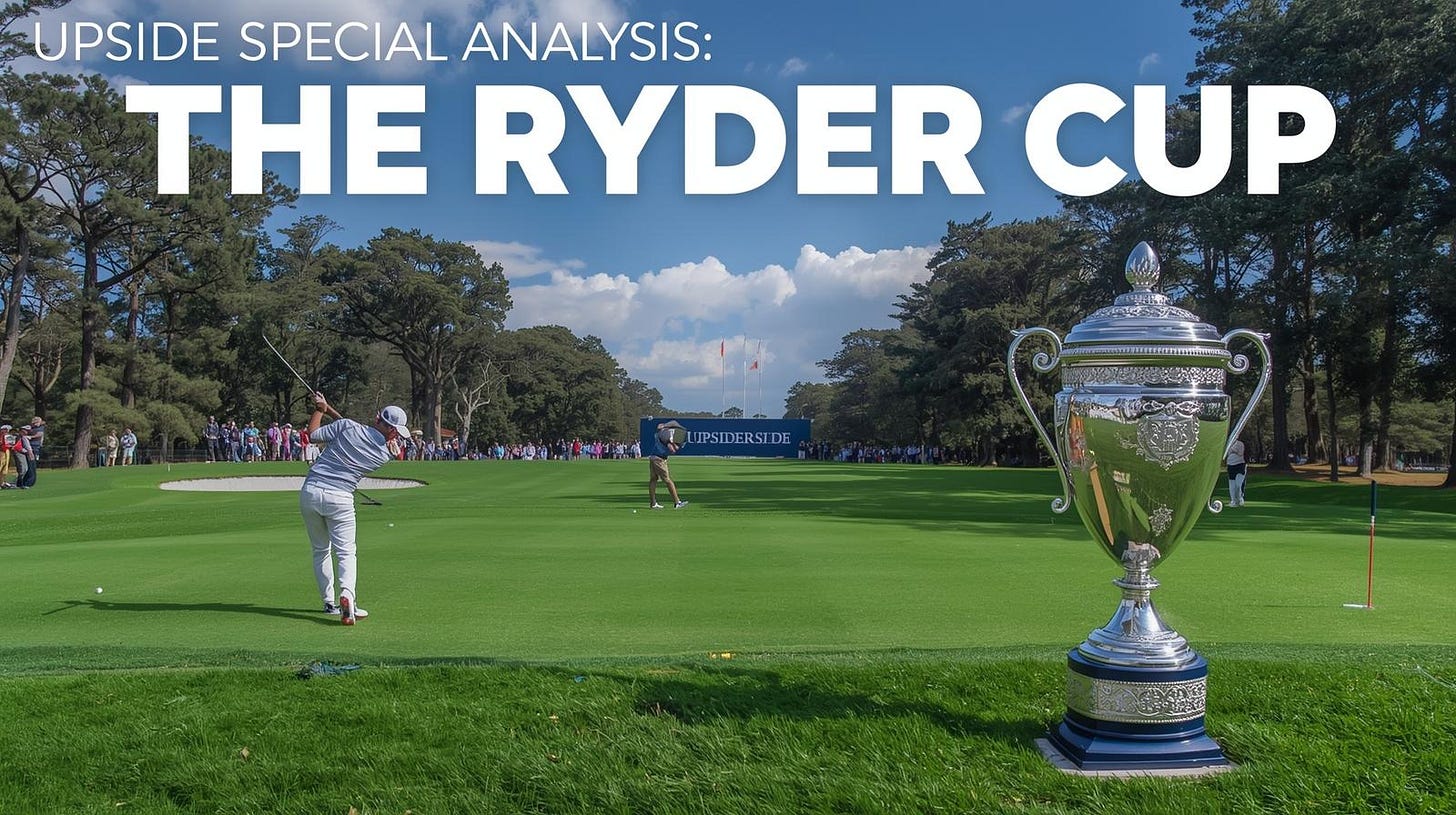
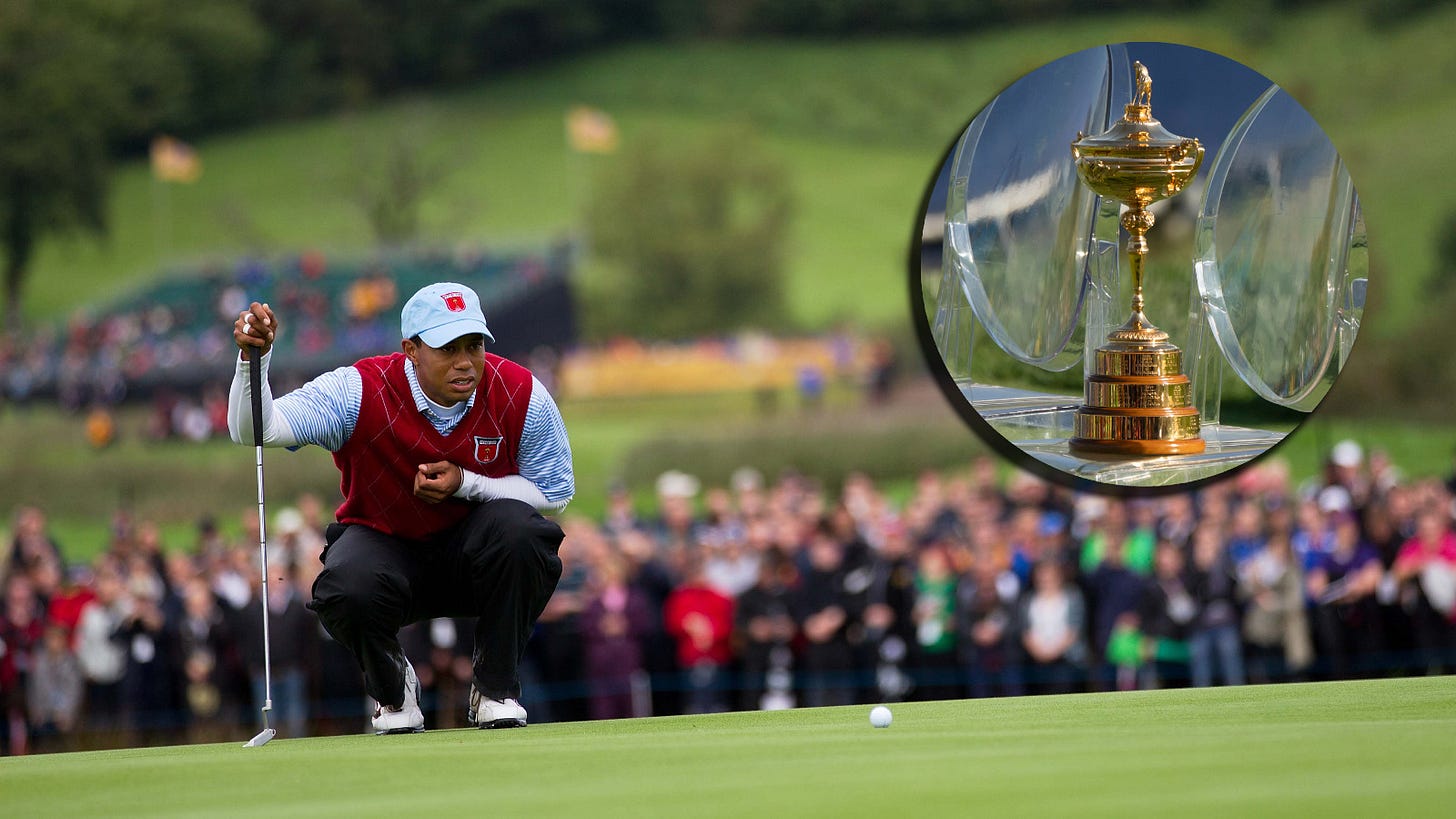
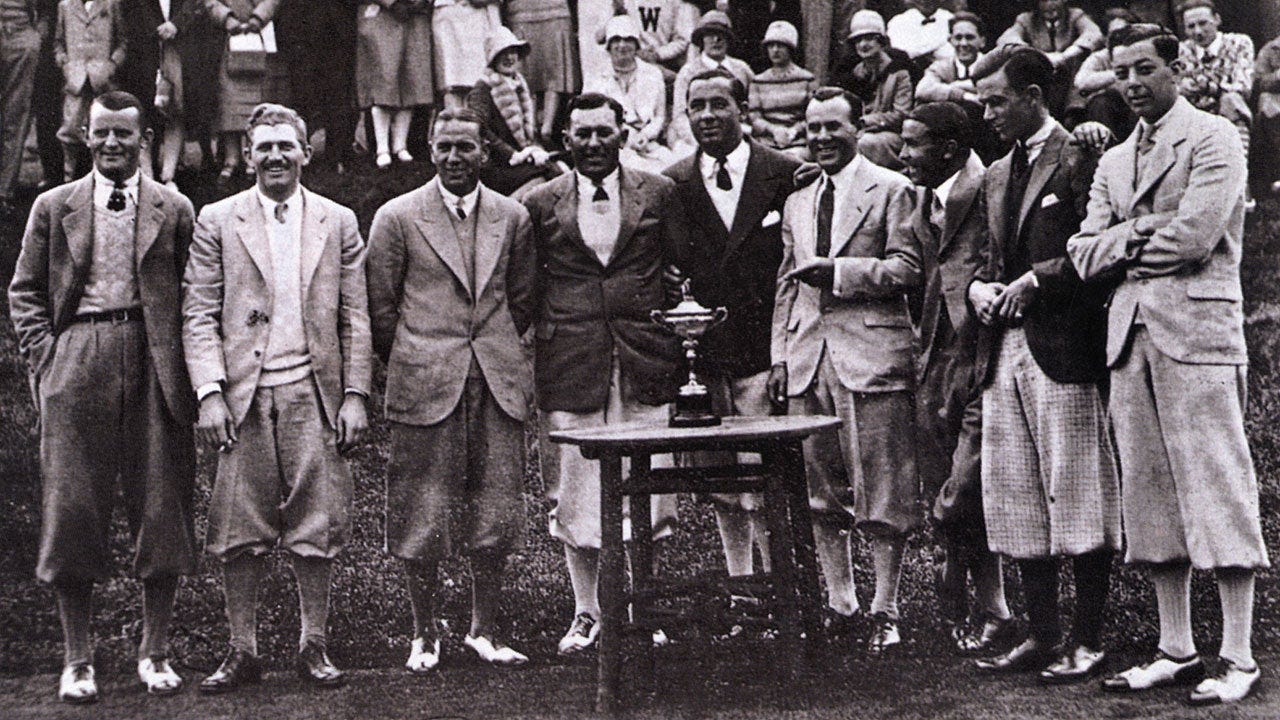
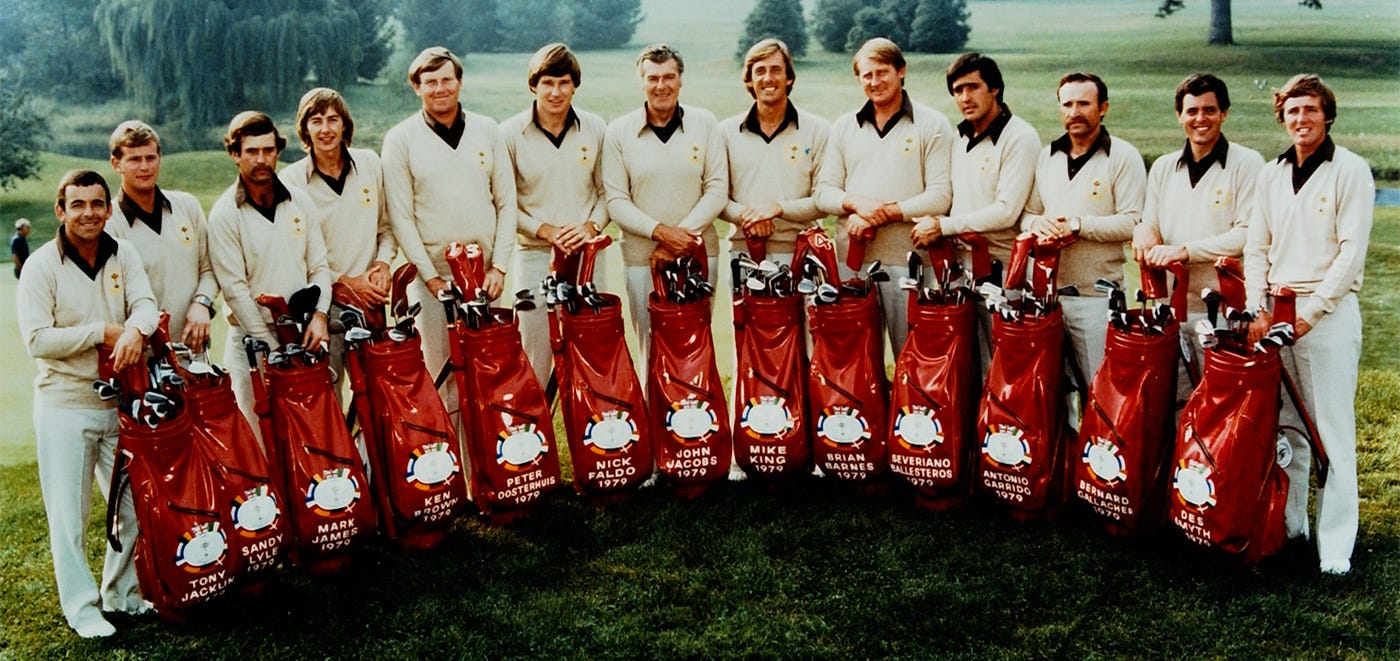

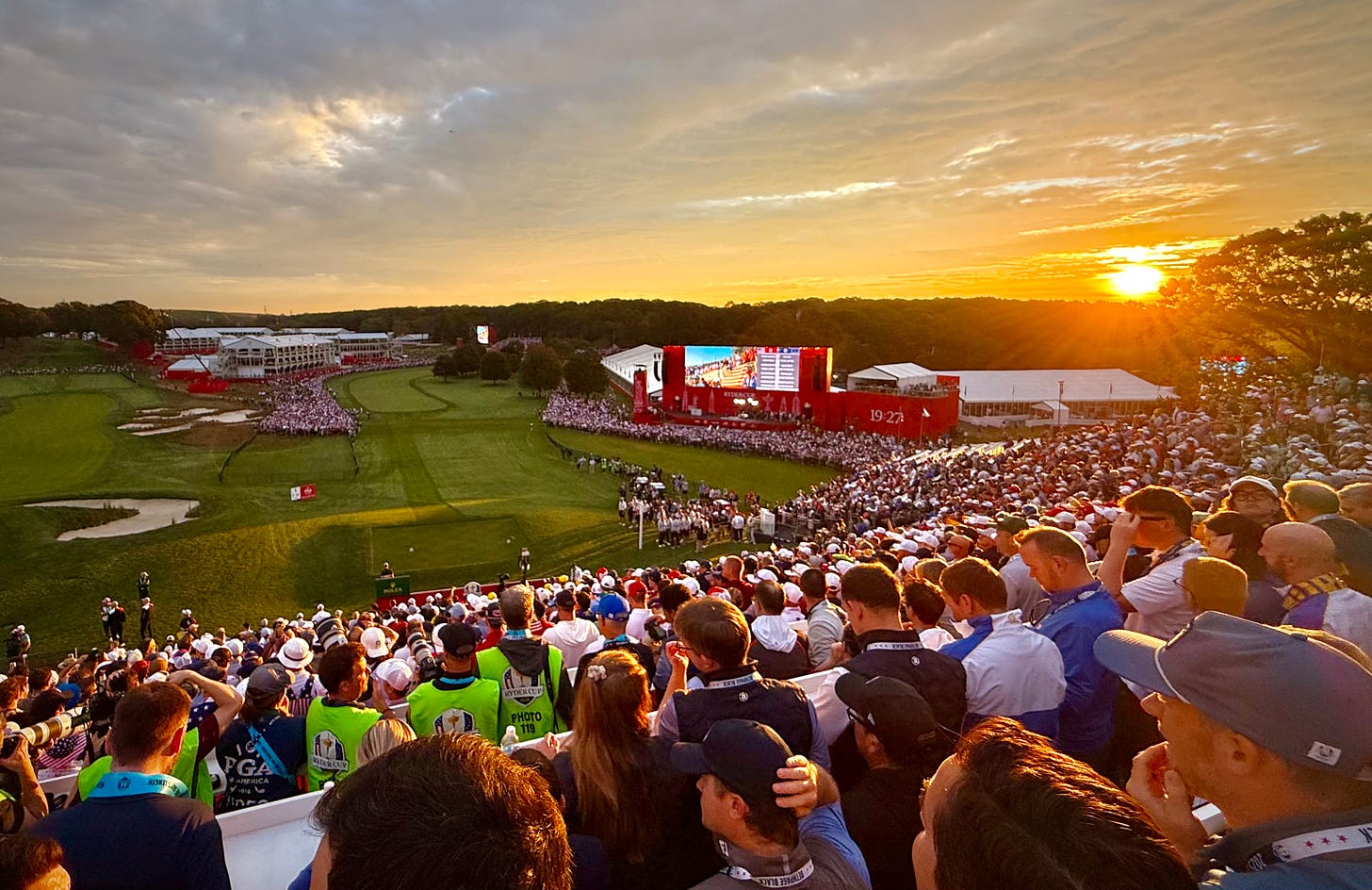

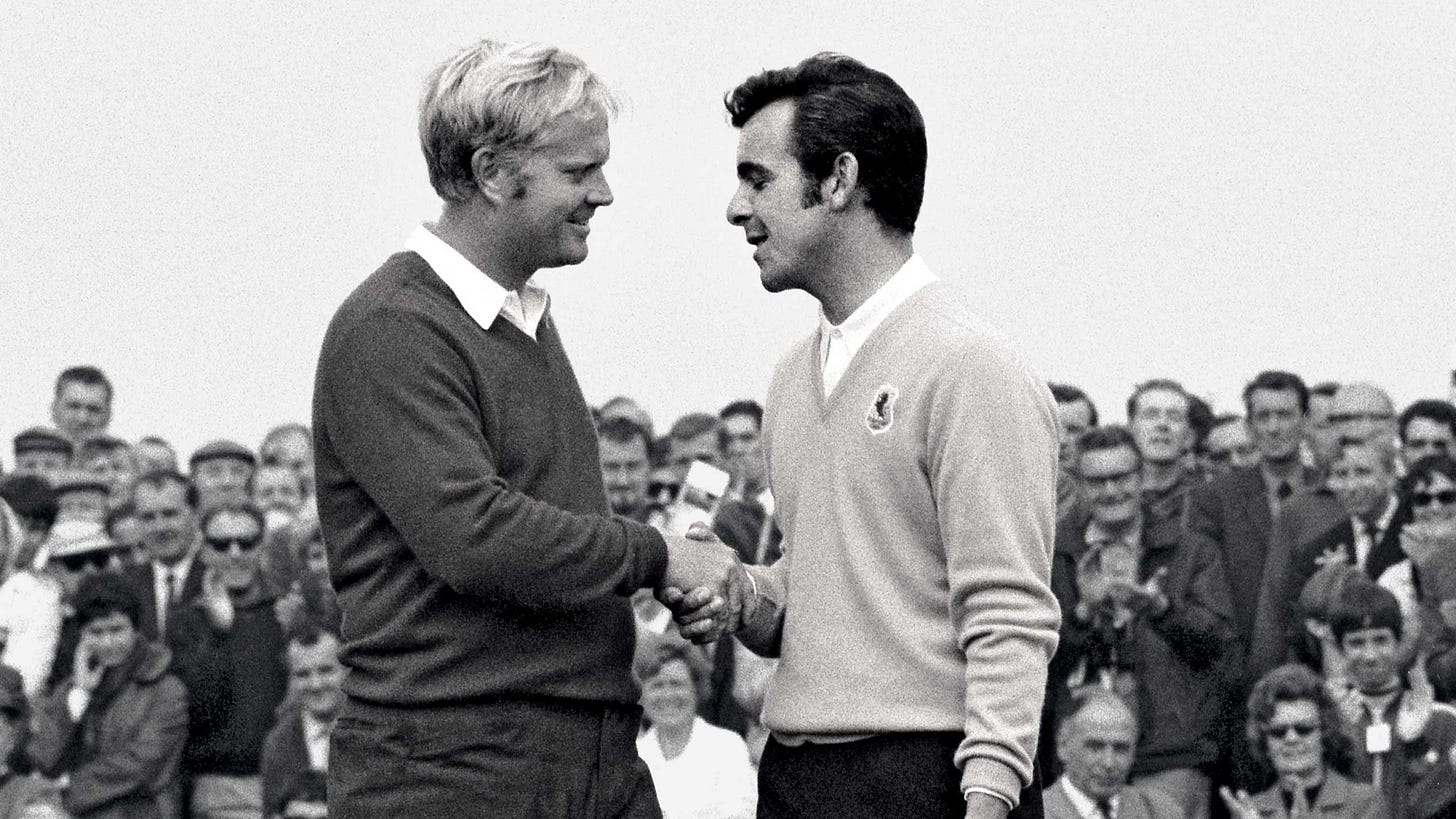

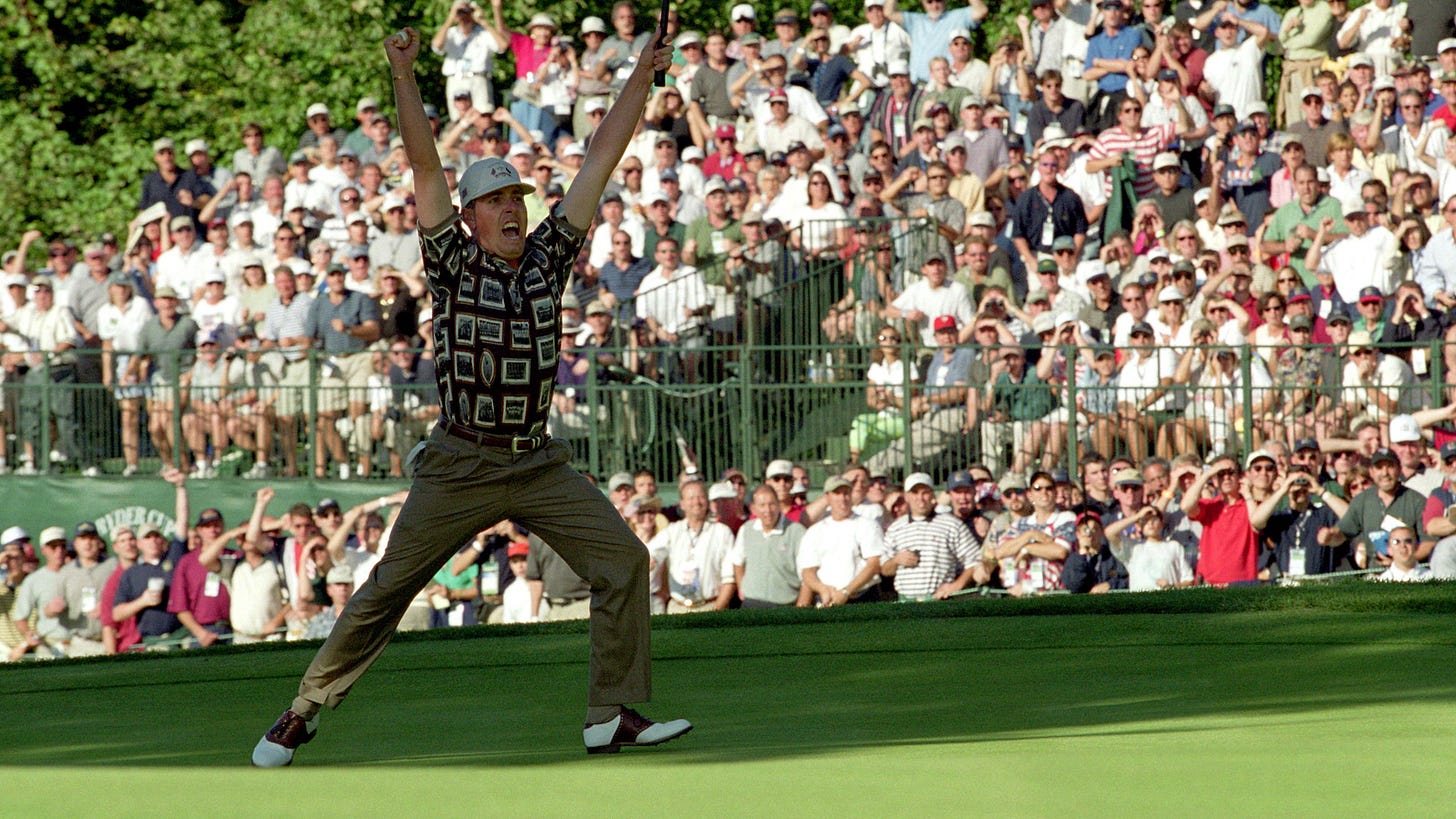
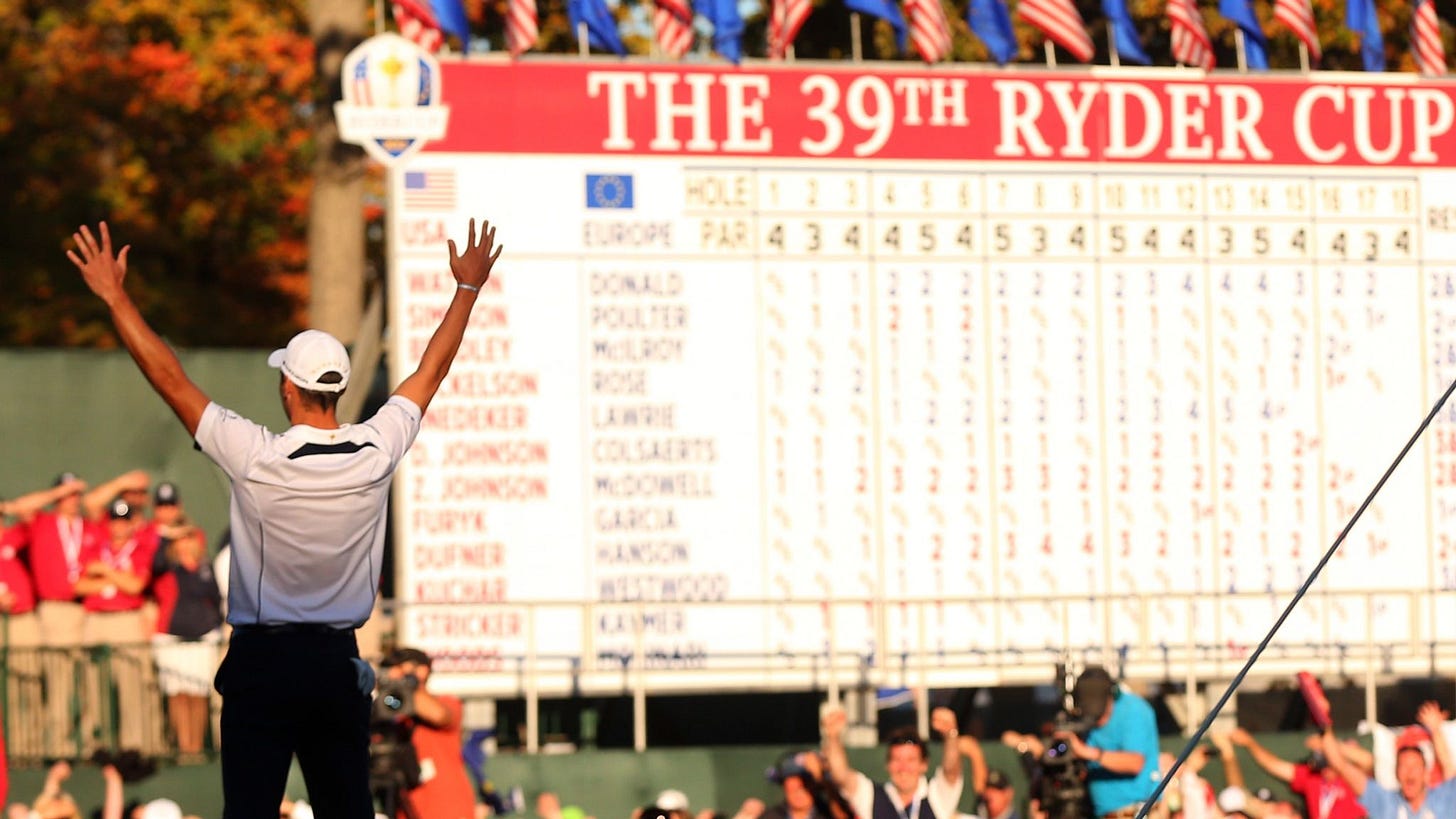


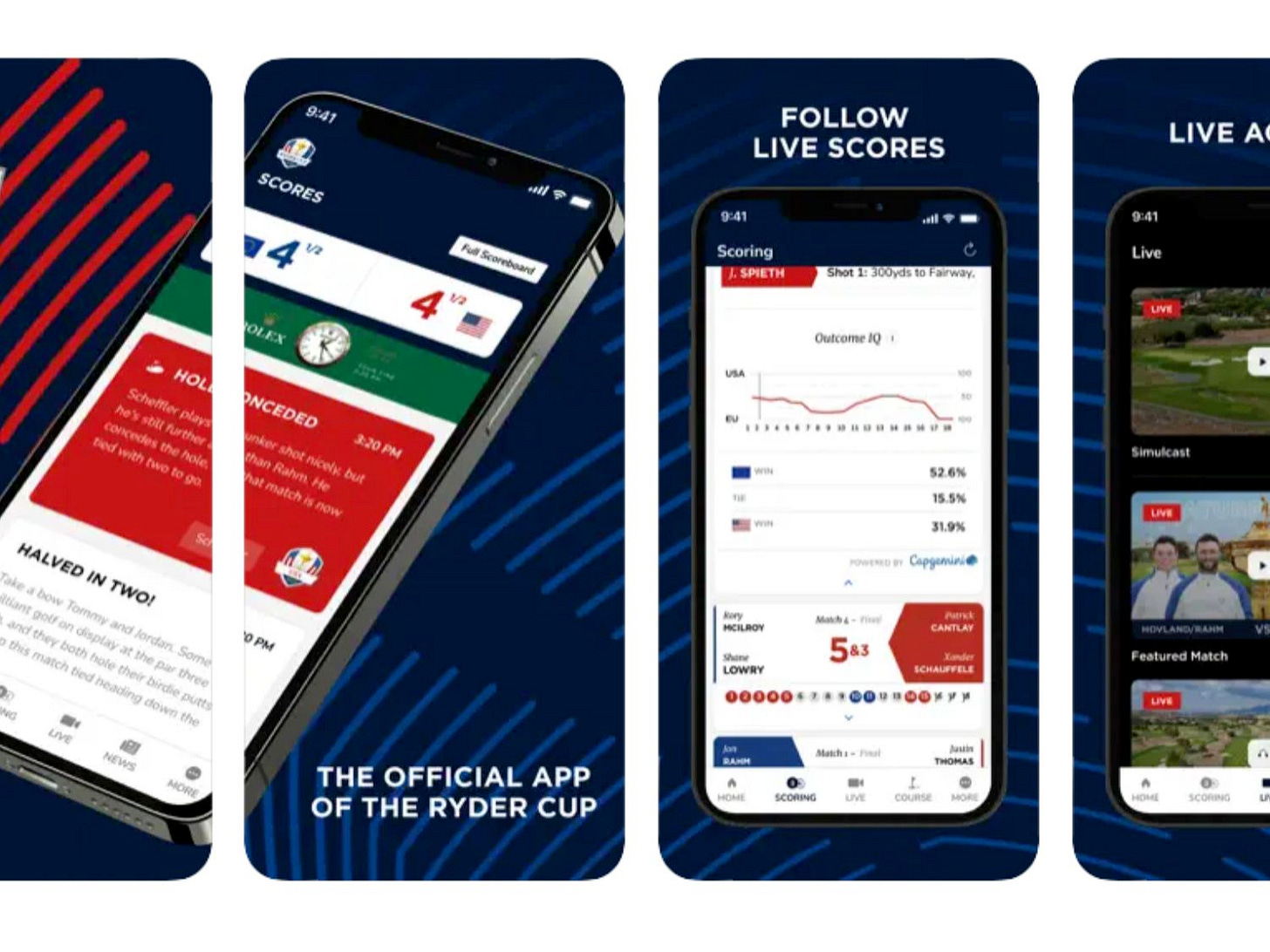


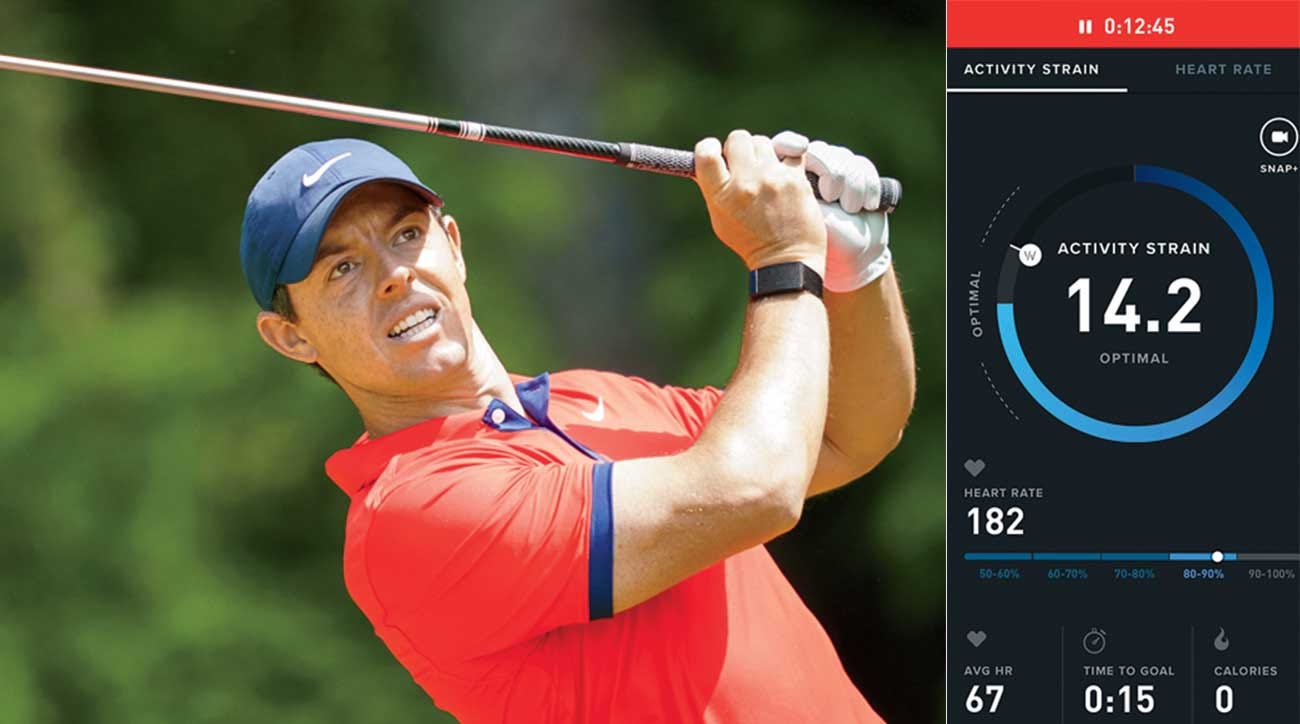


Golf is supposed to be civilised — a sport of handshakes, quiet claps, and whispered respect.
So why did the Ryder Cup feel more like WWE with golf carts? The booing, jeering, and frat-party energy from US fans was awful, shameful, and completely against the spirit of the game.
I don’t even like golf, but watching it made me cringe so hard I nearly dislocated my jaw.
👉 Full rant here: https://substack.com/home/post/p-174750821
#RyderCup #Golf #Sportsmanship